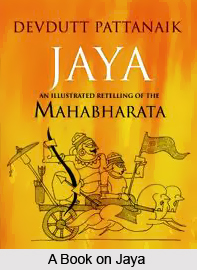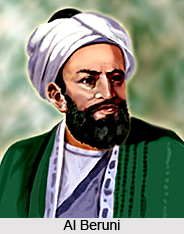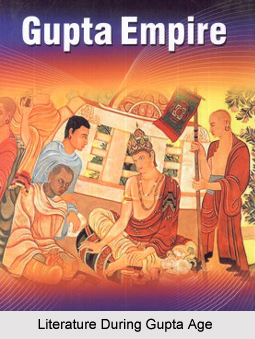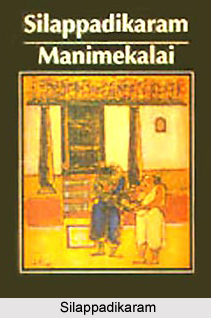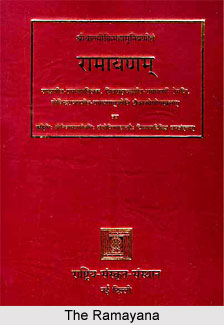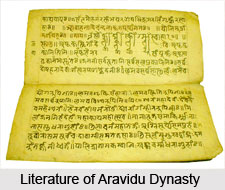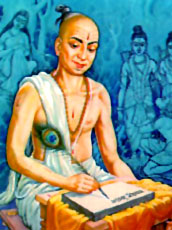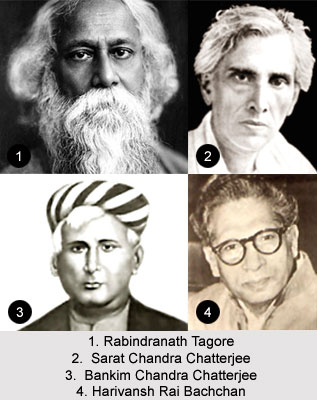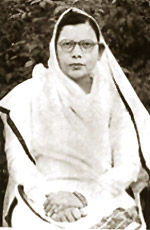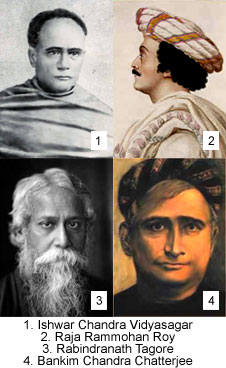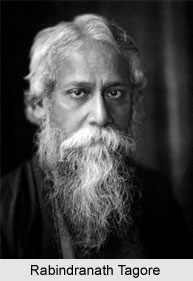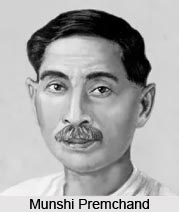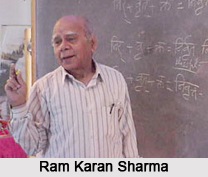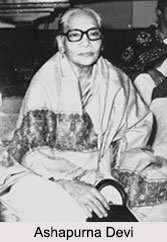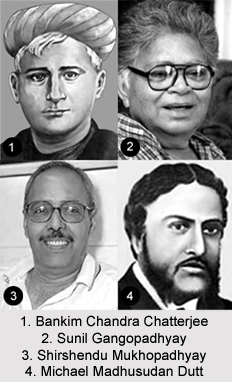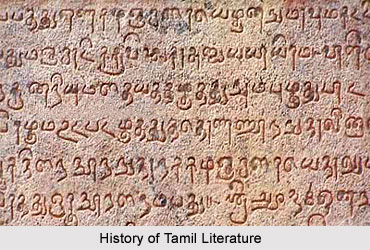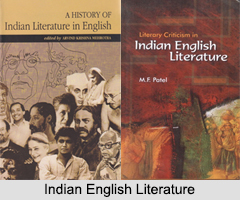Installation of Devata has been described by Lord Shiva in this chapter of Mahanirvana Tantra. Goddess Parvati asks Lord Shiva initially as to how the form of Mahakali should be. Lord Shiva replies to this that in order to meet the needs of the worshippers Devi`s image should be formed according to her qualities and actions. He says that in al human beings there is an inherent form of Goddess Kali.
Those who have attained the knowledge of the ways of final liberation, the attribute less, formless and beneficent Kala Shakti they are endowed with black colour. Since she reviews the entire universe she needs three eyes in order to see the Moon, the Sun and fire. Since she consumes all existence, she chews all existing things with her fierce teeth. A mass of blood is considered to be her apparel. Since she is known to protect her worshippers from danger she directs them in the right path, one would always find her hands are lifted up to disperse fear and grant blessings.
Goddess Parvati also enquired of the merit the devotee gains if he makes an image of Devi according to her features. Parvati also asks about the injunctions to be followed while making an image. Lord Shiva says that there are types of men - those who act with, and without thinking about the fruits of action. One who does not think about the result attains final liberation. The man who sanctifies the image of a Deva goes to the region of Deva and enjoys something that is attainable.
He who installs an image of mud stays in such a region for ten thousand Kalpa. A worshipper who installs an image of wood stays in that region ten times that period. In the case if the devotee installs a stone image then the length of stay is ten times the latter period. In case of the sanctification of a metal image it is ten times the last-mentioned Kalpa.
A man who renovates a temple or decorates it shall live in the region of the Devas for one thousand crore years. A devotee who gives away a brick-built temple lives a hundred times that period and he who gives away a stone-built temple lives ten thousand times the last-mentioned period.
Again the man who builds a bridge or a causeway will not see Yama`s region but will happily reach abode of the Suras. A devotee who dedicates trees and gardens goes to the region of the Devas and lives in celestial houses surrounded by Kalpa trees. Those who give away ponds are washed of all sins and attain a blissful region of Lord Brahma reside there a hundred years. The man who dedicates the image of a Vahana for the pleasure of any Deva shall live continually in the region of such Deva. An excellent worshipper should present a great lion to the temple of Devi, a bull to the temple of Shangkara, and a Garuda to the temple of Keshava.
Whatever a man presents with faith and immense devotion in the name of God he will reach the region of such Deva and receive in turn a crore times the presents he made.
Those who act without expecting reward attain nirvana and they are released from rebirth.
